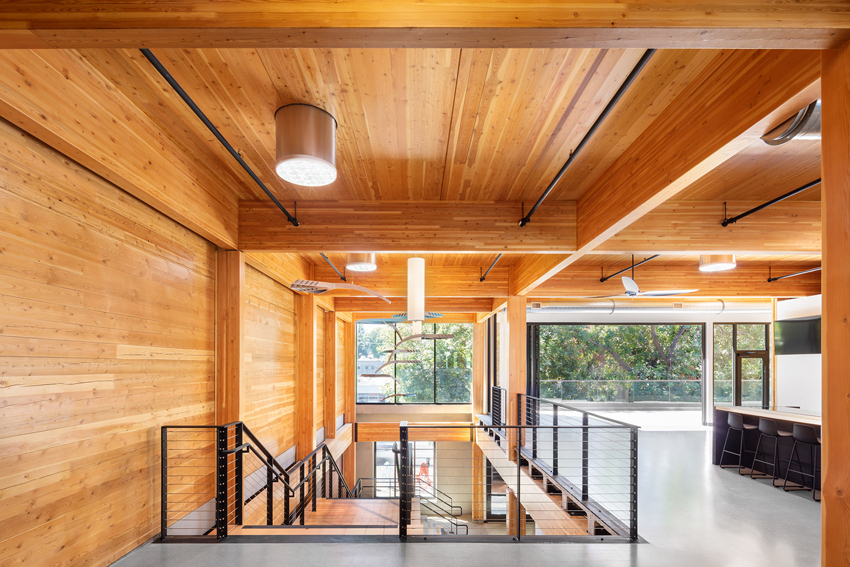
How to Calculate the Wood Carbon Footprint of a Building
Learning Objectives:
- Explain what a carbon footprint is in the context of building materials.
- Describe the difference between life-cycle assessment (LCA), environmental product declaration (EPD), and whole-building LCA.
- Identify different whole-building LCA tools and how they can be used to develop a whole-building carbon footprint.
- Discuss the biogenic forest carbon cycle, and ways to track and assure forest sustainability in North America.
Credits:
From an environmental perspective, it is widely known that buildings matter. Buildings consume nearly half the energy produced in the United States, use three-quarters of the electricity and account for nearly half of all carbon dioxide (CO2) emissions. The magnitude of their effects is the driving force behind many initiatives to improve tomorrow’s structures—from energy regulations and government procurement policies, to green building rating systems and programs such as the Architecture 2030 Challenge.
With growing pressure to reduce the environmental impacts of buildings, architects and engineers are looking beyond operational performance to the role of structural materials.

Photo: © Chad Davies
DPR Construction Office, 2020 WoodWorks Design Winner for Regional Excellence

|
Andrew A. Hunt is a multi-functional project manager, writer, and musician with over 15 years’ experience in multi-media production, instructional design, and content development. Andrew heads the content development team at Confluence Communications producing and delivering multi-media material to clients in both the residential and commercial sector. Andrew has worked for 20 years in the online training field, first helping develop learning management systems, design intuitive navigation elements, implement training programs for commercial clients, and assist clients in meeting internal training goals. Much of this work centered around helping large production home builders provide their employees with relevant best-practice information on new building systems, technologies, and design options. Moving from application to content, Andrew has spent the last 12 years working with media and publishing companies taking his knowledge of green building practices and building science to help craft training courses, articles, videos, podcasts, white papers and reports. |







